Report this entry
More from the same community-collection
Krakauer,Zork and Moye, El Paso, Texas
Krakauer, Zork & Moye 117 San Francisco St. 1910( second ...
El Paso, Texas City Marshal Dallas Stoudenmire - 1881
El Paso City Marshall Dallas Stoudenmire with his deputy ...
El Paso Police officer Howell Cobb - 1904
Witness for the Defense: On the afternoon of January 15, 1904, ...
El Paso Police officer Tom Threepersons - 1921
On March 9, 1921, the El Paso Herald reported, "One Man is ...
El Paso Police Command Staff - 1975
Chief of Police Robert Minnie with staff in front of Liberty ...
El Paso Police Department - 1903
Top Row Left to Right: Chas McDonald, Will Rynerson, Jim Briggs, ...
El Paso Police Northeast Sub-Station - 1977
Opened in the year 1977. Image shows officers at Police ...
El Paso Police K-9 handlers - 1975
El Paso Police officers Richard Edens and Marcos Payan were the ...

















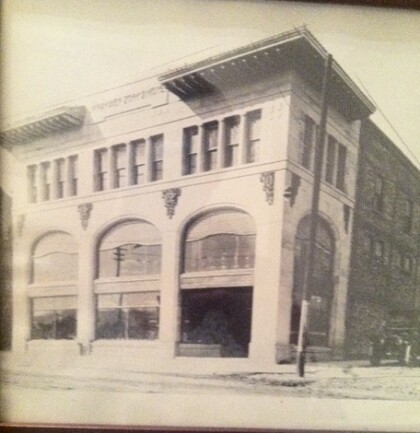
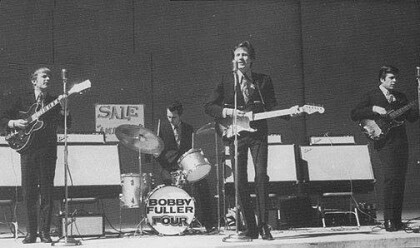

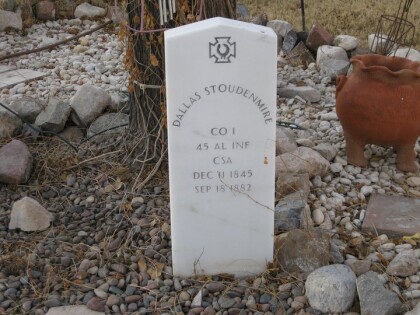
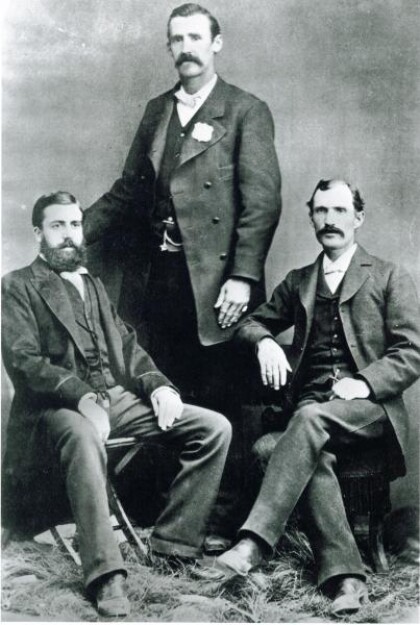
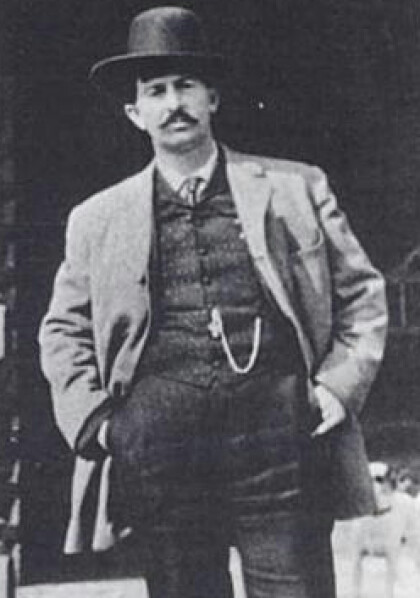
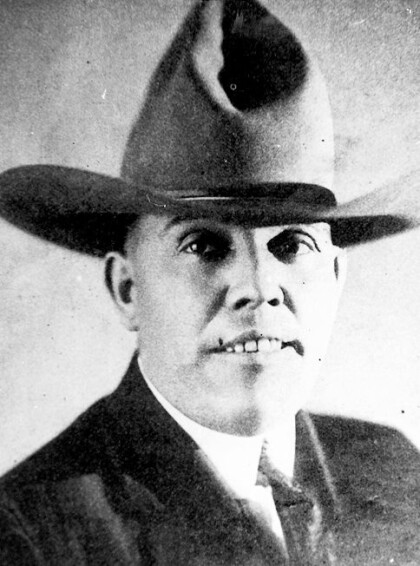
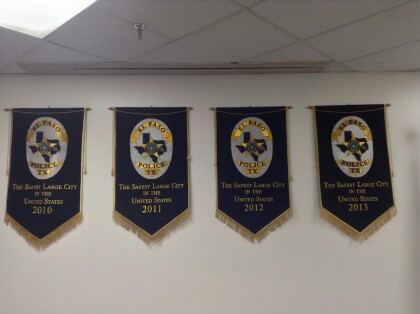
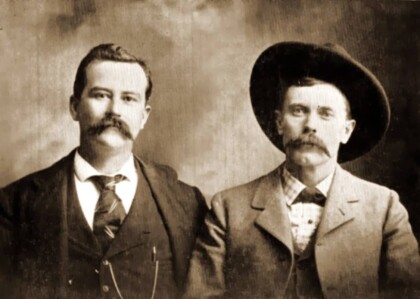
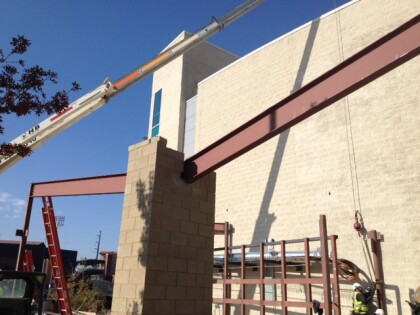
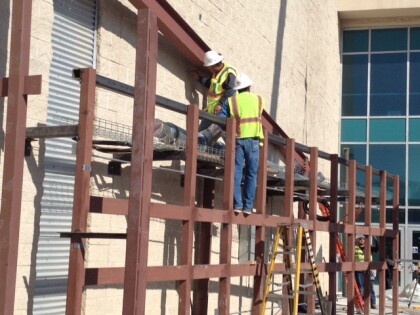
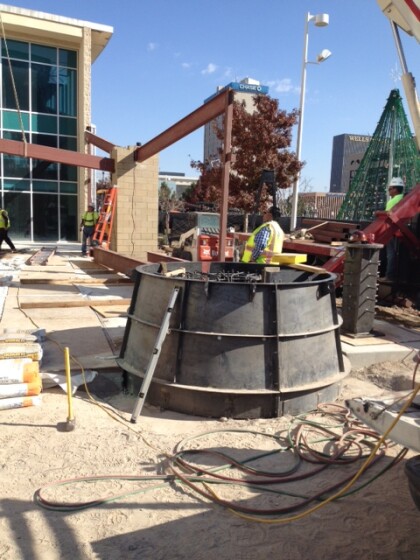
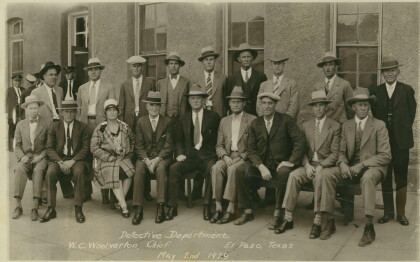
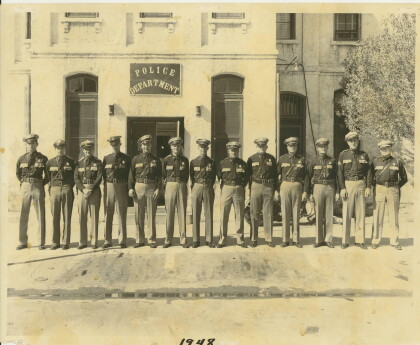
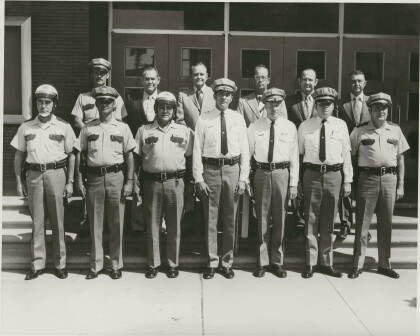

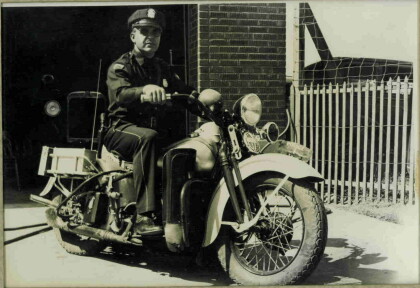
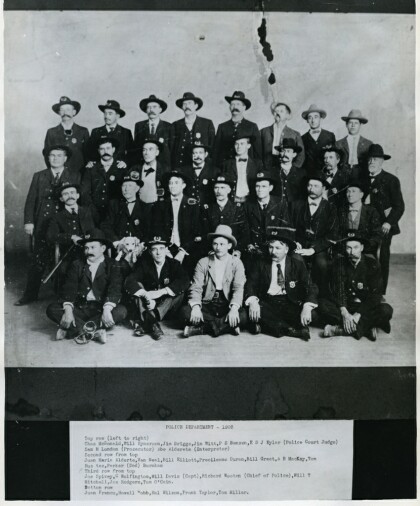
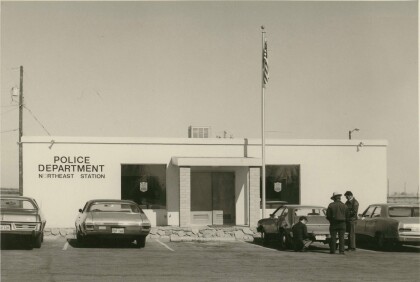
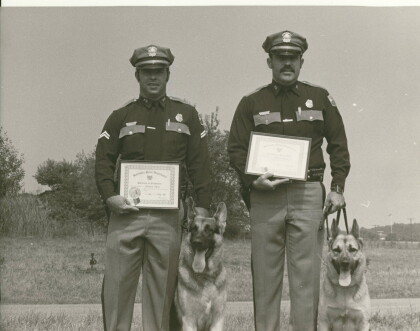
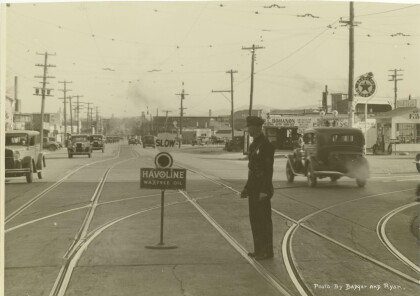
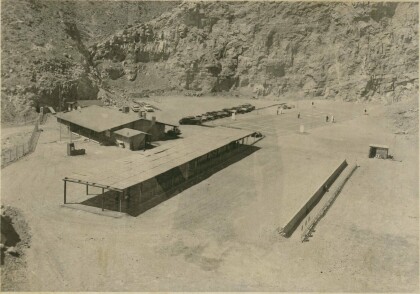
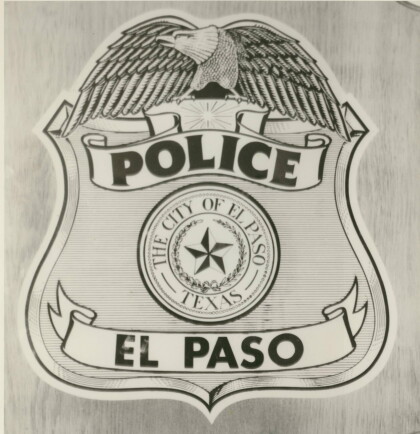
Comments
Add a comment